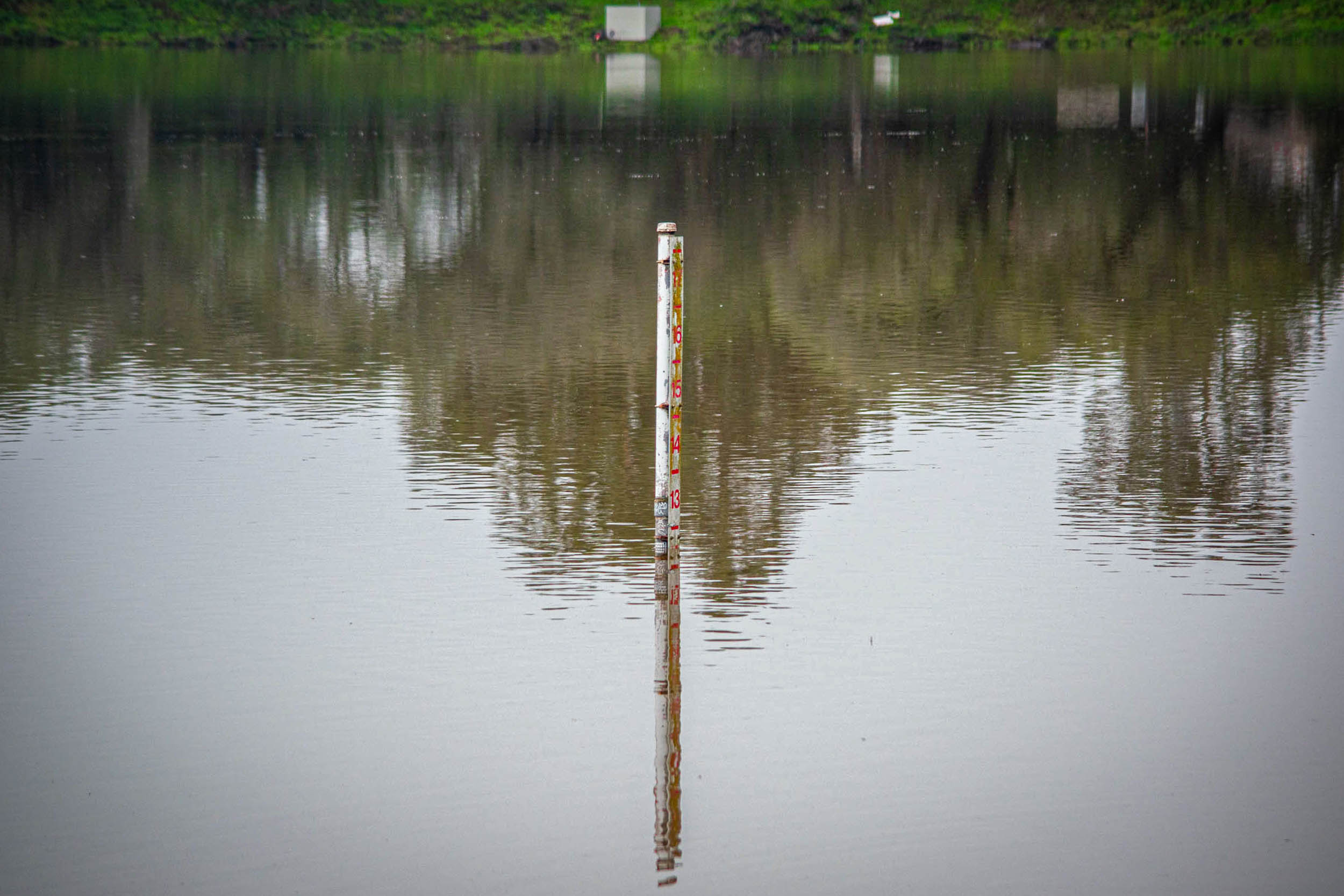In Lake Lagunita sits a drain that’s rumored to have been created by the University in the early days of the lake’s creation. The drain was last operated in 1995 and likely will not be used anytime soon despite this winter’s heavy rains, according to University spokesperson Luisa Rapport.
Rapport wrote that the drain’s lack of operation is “because water is [now] allowed to percolate in order to recharge the groundwater.”
So who decides when to pull the plug? According to associate professor of civil and environmental engineering David Freyberg Ph.D. ’91, that decision is up to the Stanford Water Department in collaboration with the Campus Biologist Alan Launer ’81 M.S. ’82.
Regarding the drain’s structural properties, Rapport wrote that the system has a valve which controls water flow through an 8-inch diameter pipe.
The diameter may seem small given the volume of water in Lake Lag but according to Freyberg, the engineers “don’t want to overwhelm the storm drains” and there really is “no urgency for drawing [the water level] all the way down.”
The University nor Freyberg disclosed where the valve is located lest someone tamper with it. “There’s a valve that is accessible […] on land” but is locked and “protected against mischief,” Freyberg said.
As for where the drain is located, according to Freyberg, around “20 meters out into the reservoir,” you may see a staff gauge sticking out. The drain is right below, he says.
Freyberg said that although there are two spillways to channel excess water away from Lake Lag, they are not enough to completely drain the lake. As a result, he said, when needed, the valve is opened and water also exits through the drain in the lake.
Freyberg said that in the drain’s earlier days, the lake was emptied out so that the University could “mow it.” “Otherwise, you would get lots of vegetation growing,” Freyberg said.
According to Freyberg, if officials decide to open the valve now, it is to provide a suitable metamorphosis environment for the California tiger salamander, who may be imperiled by too high of a water level. According to Freyberg, the salamanders require a dryer environment so they may metamorphose from larvae into juveniles.
Launer, who is Director of Conservation Planning at Stanford, wrote that when the drain is activated, they’ll “[inevitably] work with the Water Department in order to minimize impacts on wildlife.”
Nowadays, water also manages to escape through evaporation and percolation, since “portions of the bottom of the reservoir are very leaky,” Freyberg said. According to him, when the water goes through the drain, it enters the storm sewer and “ends up eventually in rivers and channels around campus,” specifically the San Francisquito Creek.
According to Rapport, natural percolation tends to drain existing water by June, but that timeline may change given the year’s rainfall. Although Stanford had an unseasonably rainy winter, Rapport wrote that, “This season’s rainfall has not affected the natural percolation of the lake.” Back when the drain usage was in full swing, having the water level fall from ‘‘’full’ until ‘dry’ typically took about 6 weeks,” Freyberg wrote.
According to Freyberg, there was a plentiful salamander spawn this year, “so there’s lots of eggs in [Lake Lag],” which will guide University administrators’ decision about operating the drain. However, since the lake “leaks so much, [the water level] will probably go down fast enough” that they won’t need to use the drain.
As a result, “there are no plans to operate the drain,” Rapport wrote.
